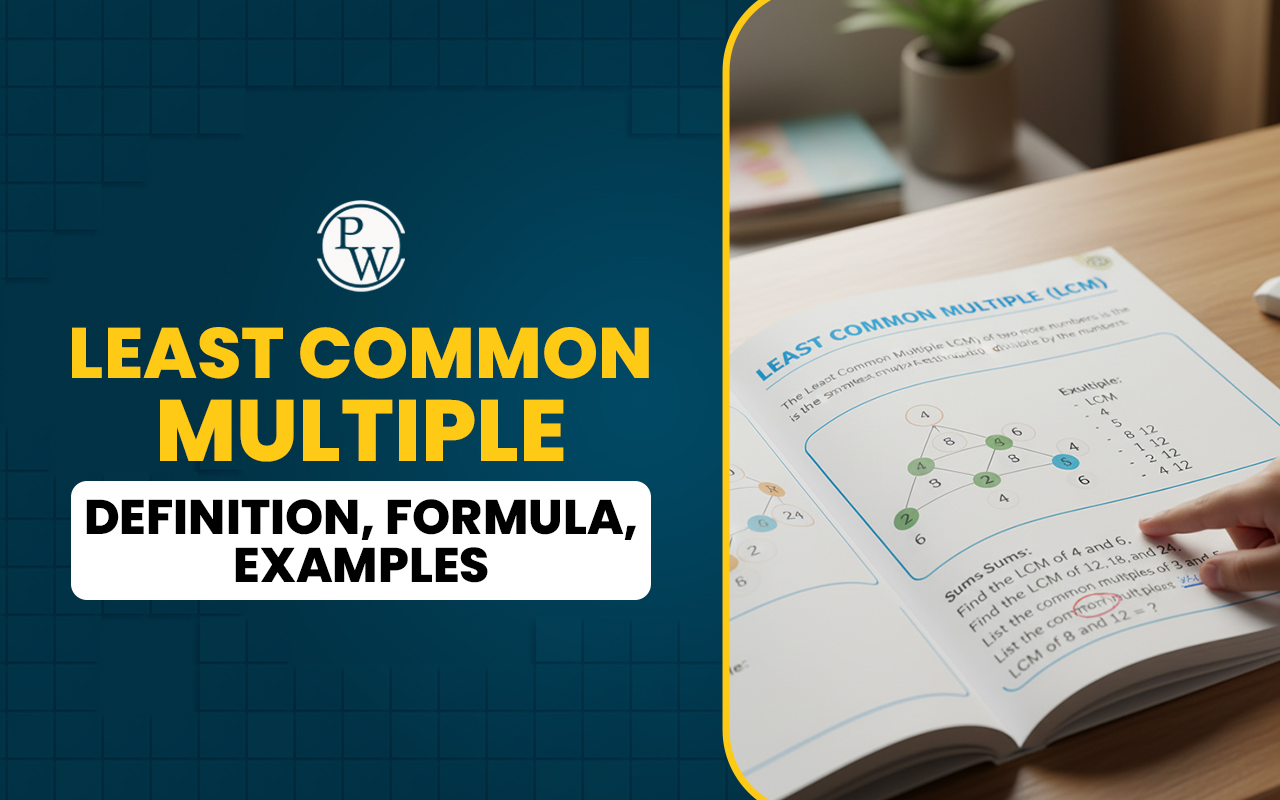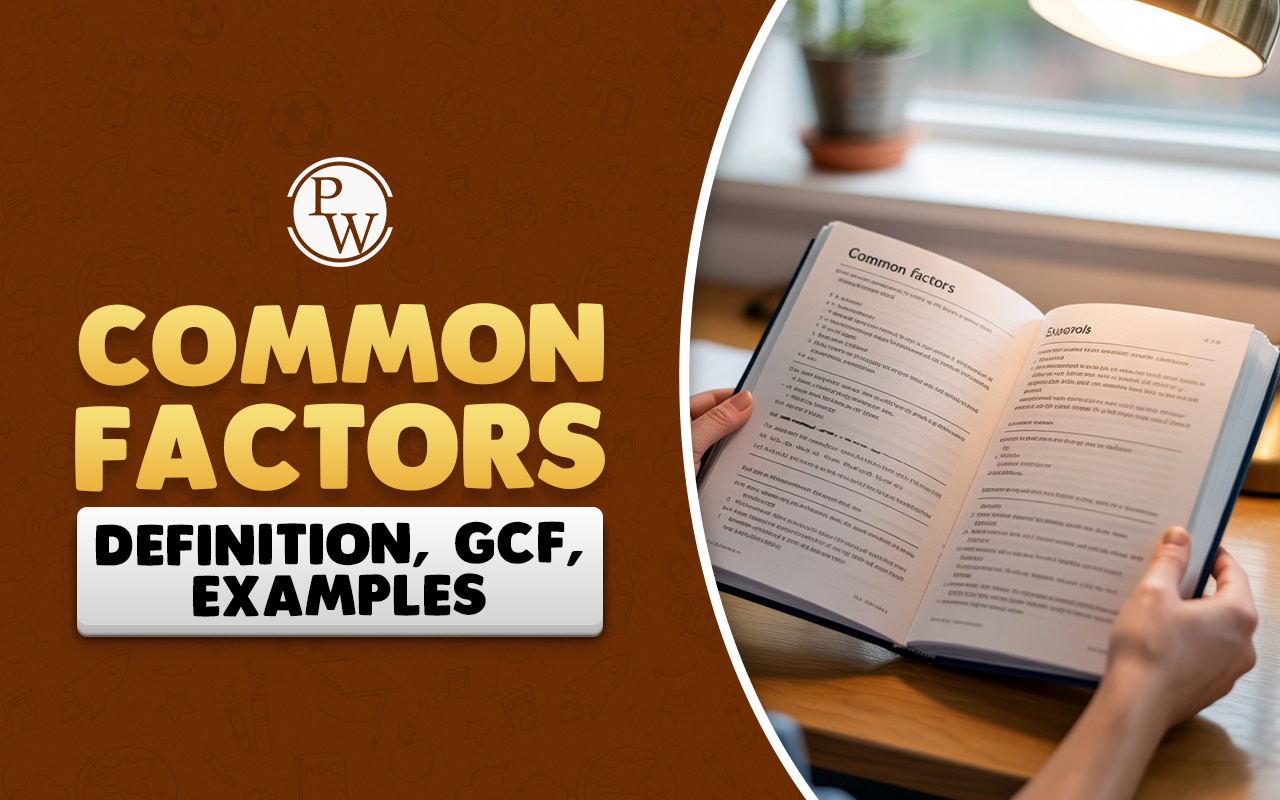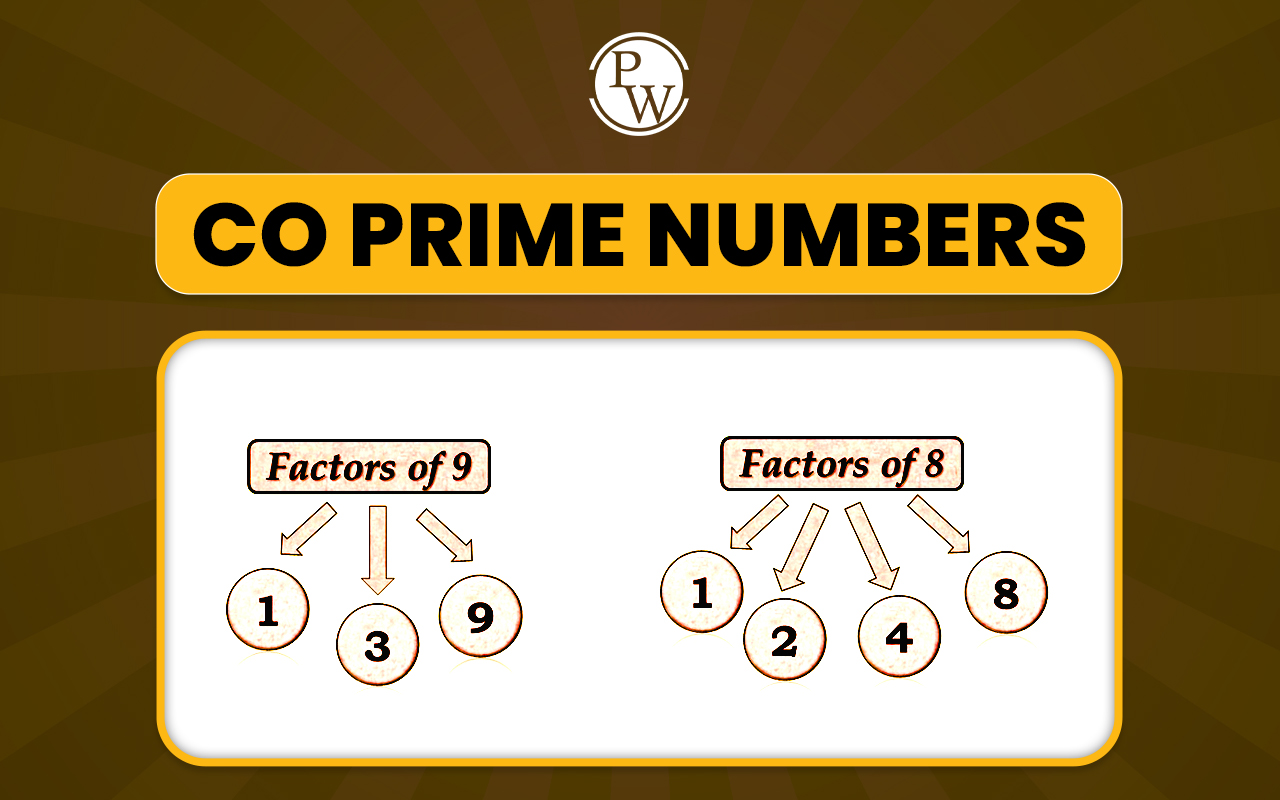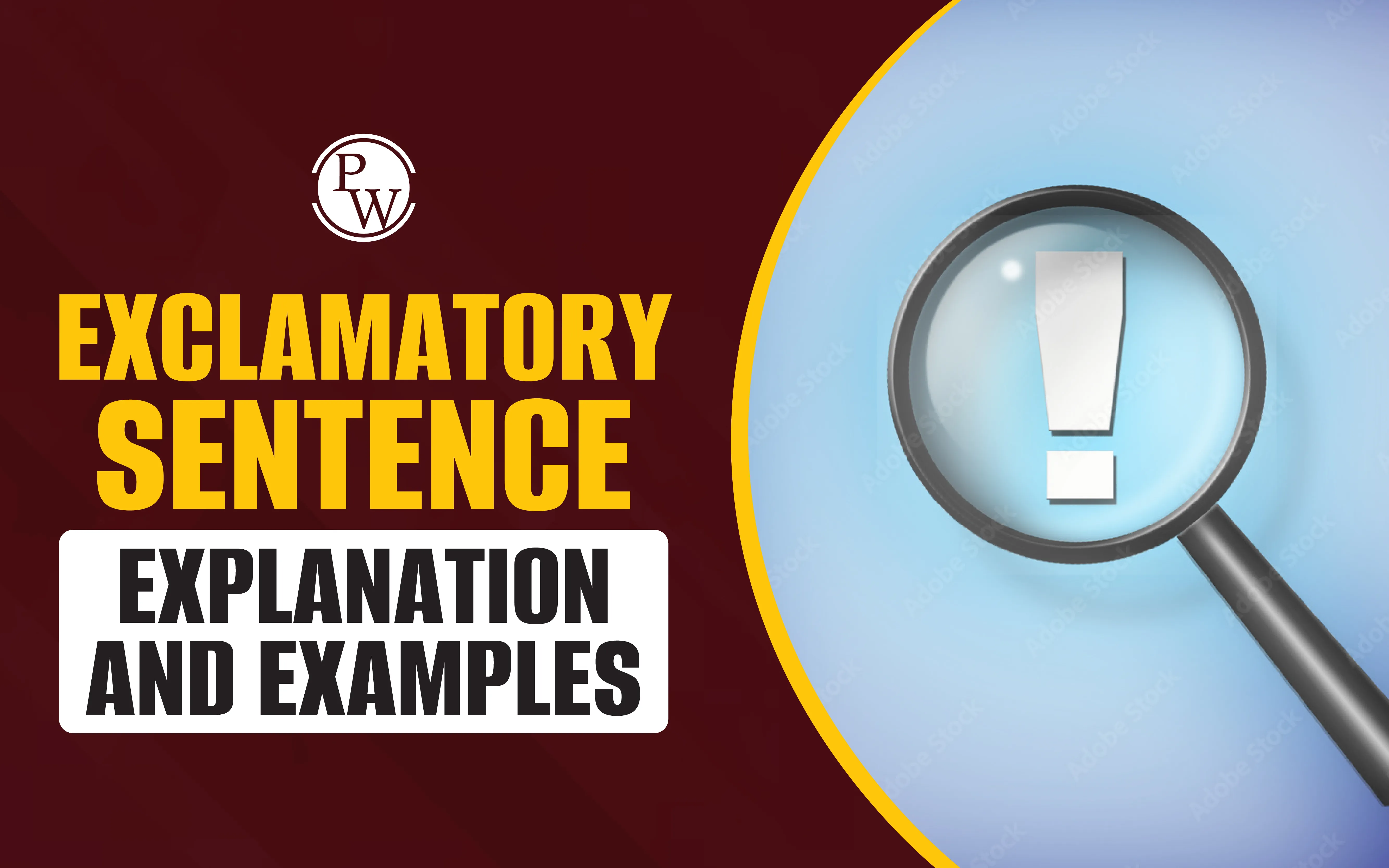
Sentence Structure: Knowing the words in English is just the first step, but learning how to arrange them correctly is what makes a proper sentence. This order of words is called sentence structure, and it plays a big role in improving speaking and writing skills. Without the right structure, even good English words can sound confusing.
That’s why learning about English sentence structure is important for all students, as it helps in making clear and correct sentences while writing and speaking. Let’s learn what sentence formation in English means, the different types of structures, and how to use them with simple examples.
What is Sentence?
Before learning about sentence structure, it is important to know what a sentence is. A sentence is a group of words put together in an order that shows a complete idea, such as giving information, asking a question, or making a request. To be called a sentence, the words must be arranged properly so the meaning is clear.
Read More: Adjectives - Definition, Types, Forms, Usage, Examples
English Sentence Structure Definition
Every sentence in English follows a pattern. This pattern shows how the parts of a sentence come together to give a clear meaning. English sentence structure definition tells us the correct order to place words like the subject (who or what the sentence is about), the verb (the action or state), and the object (who or what is affected by the action).
Learning this structure helps students make correct and meaningful sentences. It is not just about using the right words but also putting them in the right place. Whether writing a short sentence or a long paragraph, understanding sentence construction makes our writing clear, easy to understand, and meaningful.
Read More: Preposition: Meaning, Definition, Usage, Types, Examples
Parts of a Sentence
To understand sentence formation in English, students must first learn about the two main parts of a sentence: Subject and Predicate. These two work like building blocks for making correct and complete sentences.
1. Subject: The subject is the part of the sentence that tells us who or what the sentence is about. It usually comes at the beginning and can be a noun (like a name or a thing) or a pronoun (like he, she, it, or they).
Examples:
-
The sun is shining.
-
The sky is clear.
-
Today is Wednesday.
2. Predicate: The predicate is the part of the sentence that tells us something about the subject. It always includes a verb (action or state). The predicate shows what the subject does or what happens to the subject.
Examples:
-
I love macaroni and cheese.
-
Merin has a pet.
-
Anusha can draw.
Key Components for Sentence Formation in English
To build a good sentence in English, students need to know about the important parts that make up a sentence. Just like a house is made using bricks, sentence formation in English depends on five main components, which are:
1. Subject: The subject tells us who or what the sentence is about. It is usually a noun or pronoun and mostly comes at the beginning of the sentence.
Examples:
-
The child kept crying.
-
Our school team won the match.
-
My niece is in Class 6.
2. Verb: A verb shows the action in the sentence. It tells us what the subject is doing or what is happening. Verbs come just after the subject in most cases.
Examples:
-
Neena is writing a letter.
-
I feel tired.
-
Tarun’s dog ran away.
3. Object: The object is the person or thing that receives the action of the verb. There are two types of objects:
-
Direct Object, which answers the question "What?"
-
Indirect Object, which answers the question "Whom?"
Examples of Direct Object:
-
Harry bought a new car.
-
I met my friend.
Examples of Indirect Object:
-
Vandhana gave Keerthana a cake.
-
I gave him a chocolate.
4. Complement: A complement completes the meaning of the sentence. It gives extra information about the subject or the object. It can be a name, a job, a feeling or a description.
Types of Complements:
a) Subject Complement: Talks about the subject. For example:
-
She is a doctor.
-
Nandhu is clever.
b) Object Complement: Talks about the object. For example:
-
They made her angry.
-
The students elected Sreya the class leader.
5. Adjunct: An adjunct gives more details about how, when, where, or why something happens. These are usually adverbs or phrases and can come at the start, middle, or end of the sentence.
Examples:
-
Yesterday, we met at the park. (when)
-
My father reads the newspaper every day. (how often)
-
Because he was ill, he could not come. (why)
Read More: Synonyms: Definition, Types, and Examples
Types of Sentence Structure
In English grammar, sentence building can be done in different ways. Understanding these types helps students write better and speak more clearly. There are four main types of sentence structures:
1. Simple Sentence: A simple sentence has one independent clause. This means it has one complete idea with a subject and a verb. For example:
-
The cat sleeps.
-
I like apples.
2. Compound Sentence: A compound sentence has two or more independent clauses joined by commas and coordinating conjunctions like for, and, nor, but, or, yet, and so (known as FANBOYS). Each clause can stand alone as a sentence. For example:
-
The cat sleeps, and the dog plays.
-
She sings, but he dances.
3. Complex Sentence: A complex sentence has one independent clause and one or more dependent clauses. The dependent clause adds more information but cannot stand alone. For example:
-
While the cat sleeps, the dog plays.
-
Because it was raining, we stayed inside.
4. Compound-Complex Sentence: A compound-complex sentence has two or more independent clauses and at least one dependent clause. It combines both compound and complex structures. For example:
-
While the cat sleeps, the dog plays, and the birds sing.
-
I went to school, but because I was sick, I left early.
Different Sentence Structures by Parts
Sentences can also be grouped by the parts they contain. Some common sentence patterns are:
-
Subject + Verb (SV)
Example: She runs. -
Subject + Verb + Object (SVO)
Example: He reads a book. -
Subject + Verb + Complement (SVC)
Example: She is happy. -
Subject + Verb + Adjunct (SVA)
Example: They arrived yesterday. -
Subject + Verb + Object + Complement (SVOC)
Example: They elected him president. -
Subject + Verb + Object + Adjunct (SVOA)
Example: She placed the book on the table. -
Subject + Verb + Indirect Object + Direct Object (SVIODO)
Example: He gave her a gift. -
Adjunct + Subject + Verb + Complement (ASVC)
Example: In the morning, she feels energetic. -
Adjunct + Subject + Verb + Object (ASVO)
Example: Yesterday, he bought a car. -
Adjunct + Subject + Verb + Indirect Object + Direct Object (ASVIODO)
Example: Last week, she sent him a letter. -
Subject + Verb + Adjunct + Adjunct (SVAA)
Example: He works quickly and carefully. -
Adjunct + Subject + Verb + Adjunct + Adjunct (ASVAA)
Example: In the morning, she works quickly and carefully.
Knowing the types of sentence structure is very important for good sentence building in English. Additionally, practicing different structures also improves speaking skills.
Sentence Structure Examples
To understand how sentences are built, looking at examples of each type of sentence structure helps. That's why, for the students' ease of understanding, here are some easy sentence structure examples for all types:
1. Simple Sentences (1 Independent Clause)
-
The boy plays football.
-
Birds sing every morning.
-
She drinks water.
-
The sun rises in the east.
-
We enjoy reading books.
2. Compound Sentences (2 or More Independent Clauses)
-
I like tea, but he prefers coffee.
-
The students studied hard, and they passed the exam.
-
It was raining, so we stayed indoors.
-
She sings beautifully, yet she feels shy on stage.
-
They went to the market, and then they visited the park.
3. Complex Sentences (1 Independent + 1 or More Dependent Clauses)
-
Because the rain stopped, we went outside.
-
When the bell rang, the children ran to class.
-
Although he was tired, he finished his homework.
-
If you study well, you will pass the test.
-
Since it is late, we should go home.
4. Compound-Complex Sentences (Multiple Independent Clauses + Dependent Clauses)
-
Although it was cold, we went for a walk, and we enjoyed the fresh air.
-
She didn’t come to school because she was sick, but her brother went.
-
When the movie started, the lights dimmed, and everyone was quiet.
-
I wanted to call you, but since you were busy, I sent a message.
-
While the teacher explained the lesson, the students took notes, and some asked questions.
Understanding the sentence structure is an important part of sentence construction. When students know how to make different types of sentences correctly, it becomes easier for them to express ideas clearly in both speaking and writing.
To further improve your child's English language skills, book a demo class today to explore English Classes Online by CuriousJr. These classes are specially made for children who want to become better at English step by step!
Sentence Structure FAQs
Q.1. What is the definition of sentence structures?
Q.2. What are the 4 types of sentence structures in English?
Q.3. Why is learning sentence formation in English important?
Q.4. What components are needed for sentence building?










